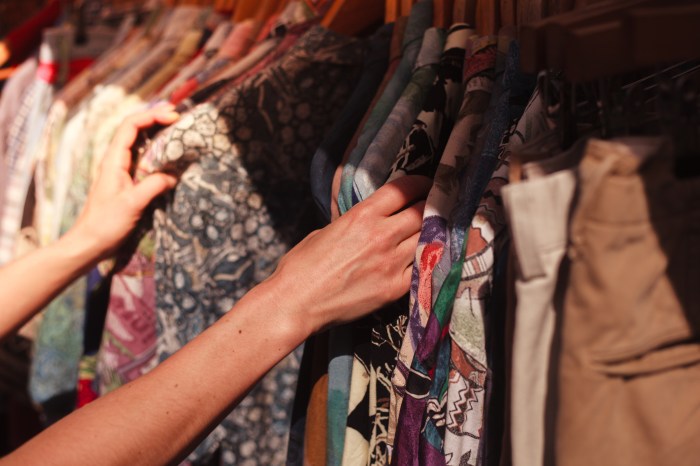
One of New York City’s greatest spectacles is now a little greater.
The Panorama of the City of the New York, the small-scale model of the five boroughs built for the 1964-65 World’s Fair, has been upgraded with state-of-the-art lighting.
That means that for the first time in more than 25 years, visitors to the Queens Museum can once again experience night falling across the miniature city as its parks and skyscrapers glow a phosphorescent green — just like master builder Robert Moses intended.
Amazon Studios donated the funds to upgrade the lighting after scenes from the film “Wonderstruck” were shot on the Panorama. The recently released movie, starring Julianne Moore, is based on the popular historical children’s novel.
“This whole entire new system is illuminating parts of the model that have not been illuminated in many, many years,” said Louise Weinberg, registrar and archives manager at the Queens Museum.
Even half a century later, the Panorama is astonishing in its detail. It features about 895,000 buildings in addition to every street, park and bridge in the Big Apple — all spread across 9,335 square feet.
Moses wanted to highlight the city’s infrastructure using colored lights to designate city services such as fire stations, police precincts and schools.
“Wonderstruck” author Brian Selznick remembers the awe he felt when he experienced the Panorama for the first time.
“The Panorama is a place of wonder,” said Selznick, who visited the museum last week to celebrate the lighting renovation. “Being in New York City is fun. Being in miniature New York City is even more fun.”
Selznick included the Panorama in his book, which tells the separate yet interwoven tales of two children who run away to the city in search of answers about their family.
Filming on the delicate model, which is usually off-limits, was a challenge. Cinematographers employed drones, and camera crews tried their best to tiptoe among the towers. (At least one bridge was damaged in the process but was repaired.)
Weinberg said the museum would not have been able to undertake the lighting job without Amazon’s help.
“It was a strenuous project,” she said. “There were six electricians here every day for about two weeks. Plus there was a lighting designer who really did a great job of understanding how this needs to work.”
The black-light bulbs positioned under the Panorama — early 1960s technology — were replaced with LED lights.
There have been structural additions to the Panorama over time, however it is not up to date. Completely updating would be a costly endeavor and, some say, unnecessary.
“That’s kind of the beauty of the Panorama, it is an artifact of that time,” said Weinberg. “It’s made out of wood. It’s of its time. But we are using the best of contemporary technology to make it shine again.”

















